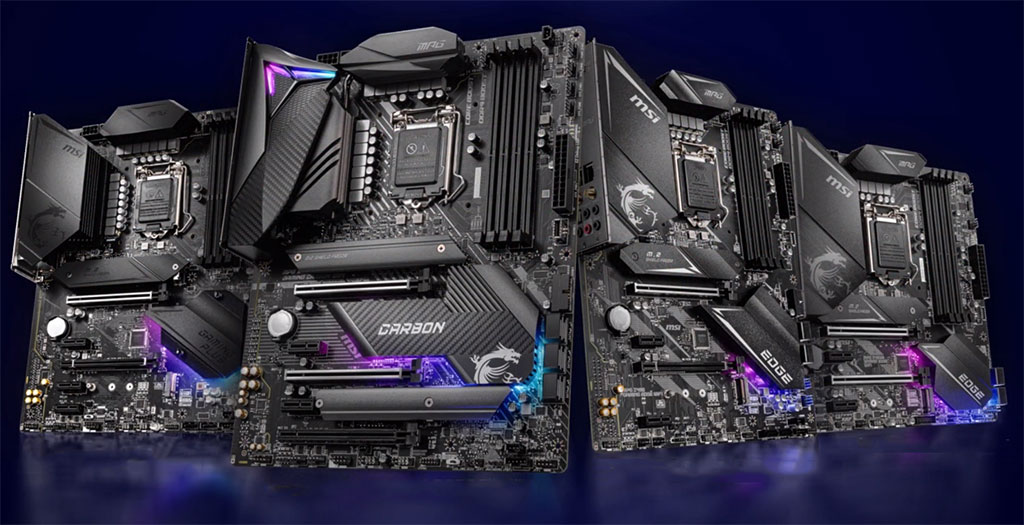Intel to seriously step-up chip production with $5.4B foundry acquisition
Perhaps we can wave goodbye to the chip shortage with help from Intel's newest edifice.

Semiconductor fab investments are something of a trend right now, with Intel spearheading the move toward a more wafer-filled future. The company is setting up to barricade itself in as a superpower among competitors with a $5.4 billion investment to acquire Tower Semiconductor.
The deal would put Intel in a supremely defensible position, and the company says it will significantly advance its IDM 2.0 strategy.
“Tower’s specialty technology portfolio, geographic reach, deep customer relationships and services-first operations will help scale Intel’s foundry services and advance our goal of becoming a major provider of foundry capacity globally,” Intel CEO Pat Gelsinger said.
“This deal will enable Intel to offer a compelling breadth of leading-edge nodes and differentiated specialty technologies on mature nodes – unlocking new opportunities for existing and future customers in an era of unprecedented demand for semiconductors.”
Intel's Tower acquisition is something of a power partnership. Not only will it give the company access to Tower's expertise in specialty technologies, it will also up the number of fabs it currently has access to from 15 to 22, bringing seven Tower fabs located across Israel, Italy, Japan and the USA into the fold. These include fabs with 6-, 8-, and 12-inch silicon wafer manufacturing capabilities.
“Together with Intel, we will drive new and meaningful growth opportunities and offer even greater value to our customers through a full suite of technology solutions and nodes and a greatly expanded global manufacturing footprint," says CEO of Tower, Russell Ellwanger.
"We look forward to being an integral part of Intel’s foundry offering.”
The biggest gaming news, reviews and hardware deals
Keep up to date with the most important stories and the best deals, as picked by the PC Gamer team.

Best gaming motherboard: the best boards around
Best AMD motherboard: your new Ryzen's new home
This comes alongside a steady stream of semiconductor investments from the boys in blue, including the company's recent announcement that it'll soon be spending $20B on a bunch of Ohio chip factories. And Intel isn't stopping there.
Last week we saw Intel planning to join the RISC-V, through which the company's investment of $1 billion will likely make waves across the collaborative processor innovation scape.
There has been some speculation that companies would overcompensate after the recent chip shortages, but the hope at least is that we shouldn't be caught out again, come another wave of pandemic-fueled chip shortages.

Screw sports, Katie would rather watch Intel, AMD and Nvidia go at it. Having been obsessed with computers and graphics for three long decades, she took Game Art and Design up to Masters level at uni, and has been rambling about games, tech and science—rather sarcastically—for four years since. She can be found admiring technological advancements, scrambling for scintillating Raspberry Pi projects, preaching cybersecurity awareness, sighing over semiconductors, and gawping at the latest GPU upgrades. Right now she's waiting patiently for her chance to upload her consciousness into the cloud.

